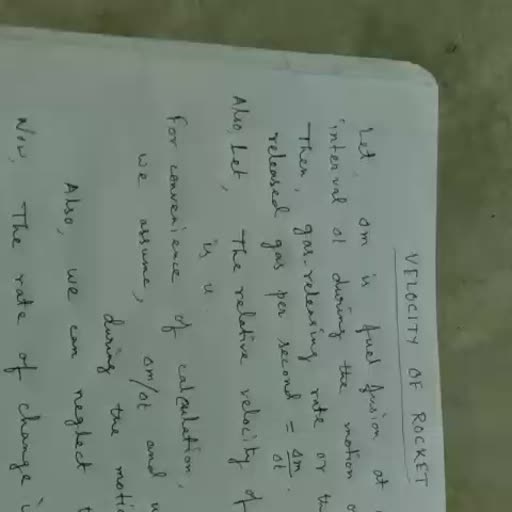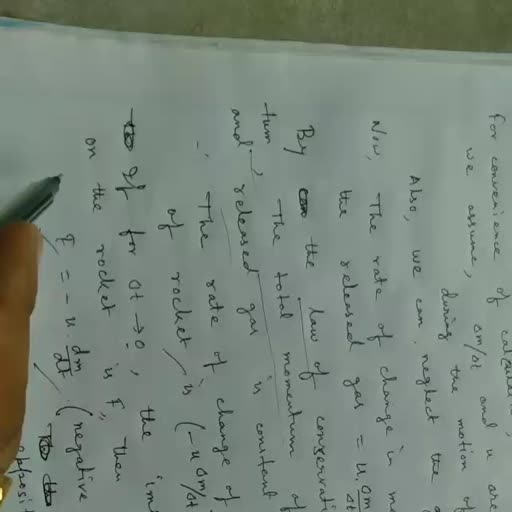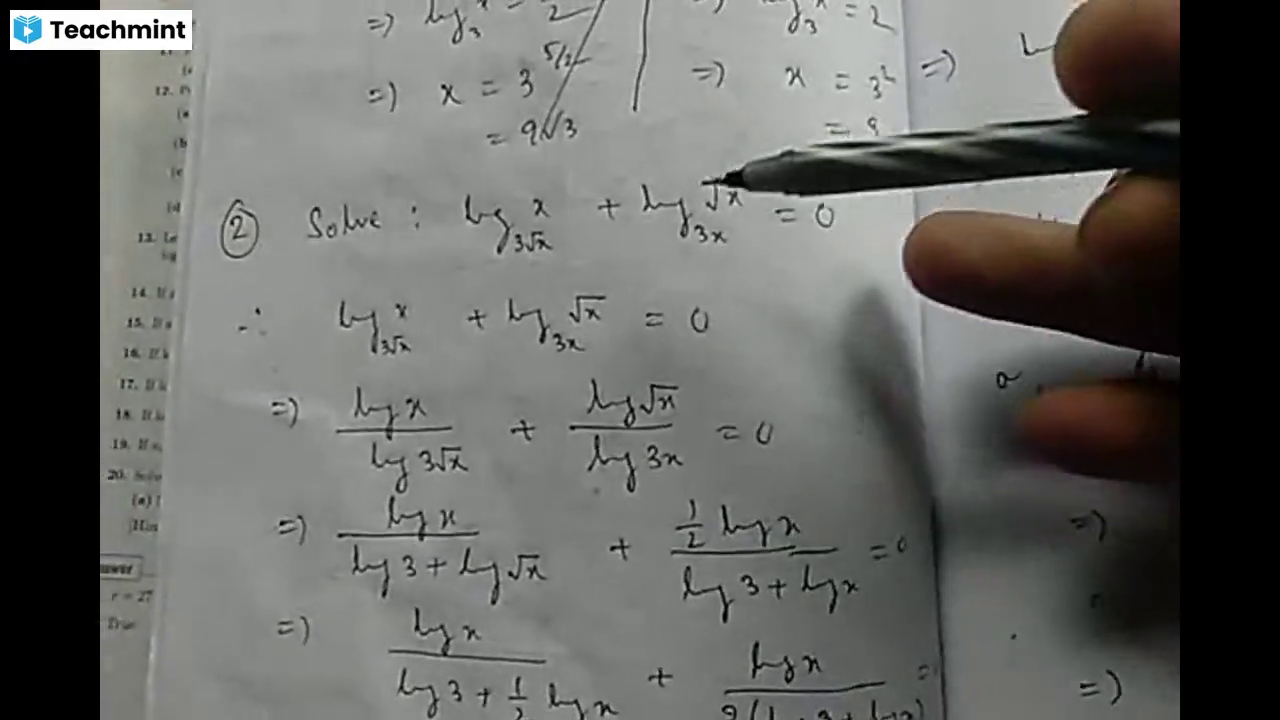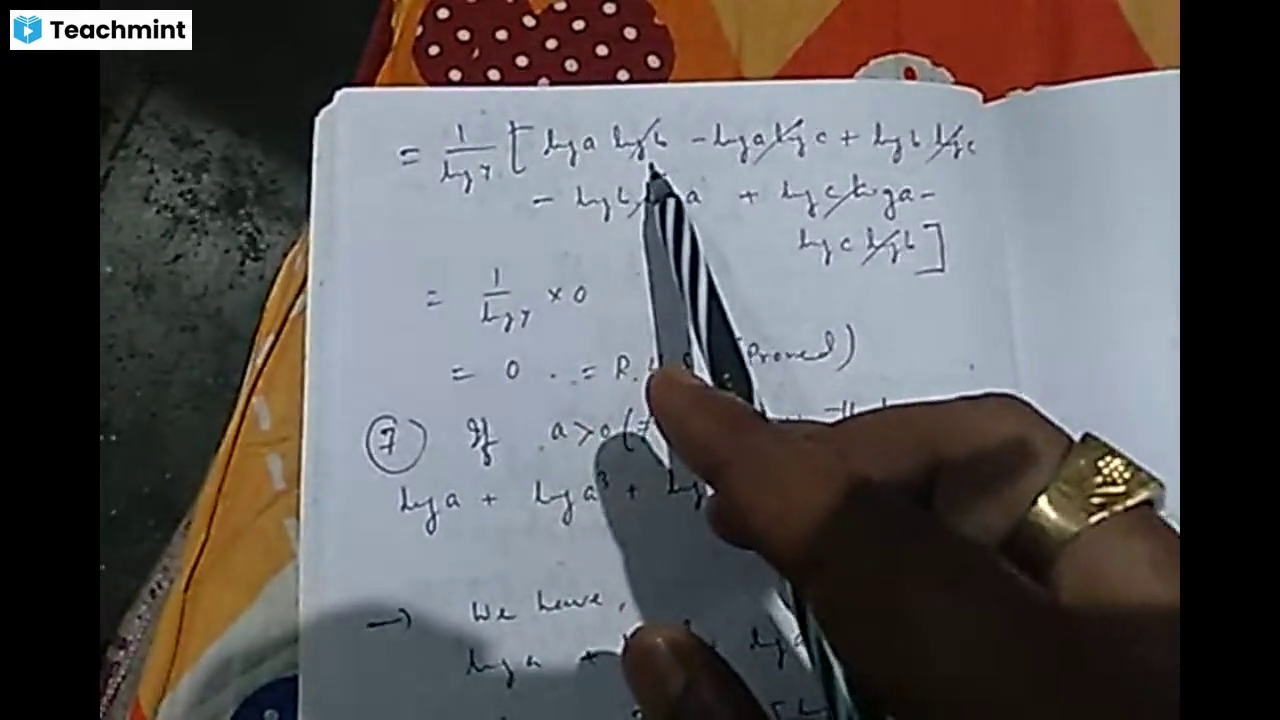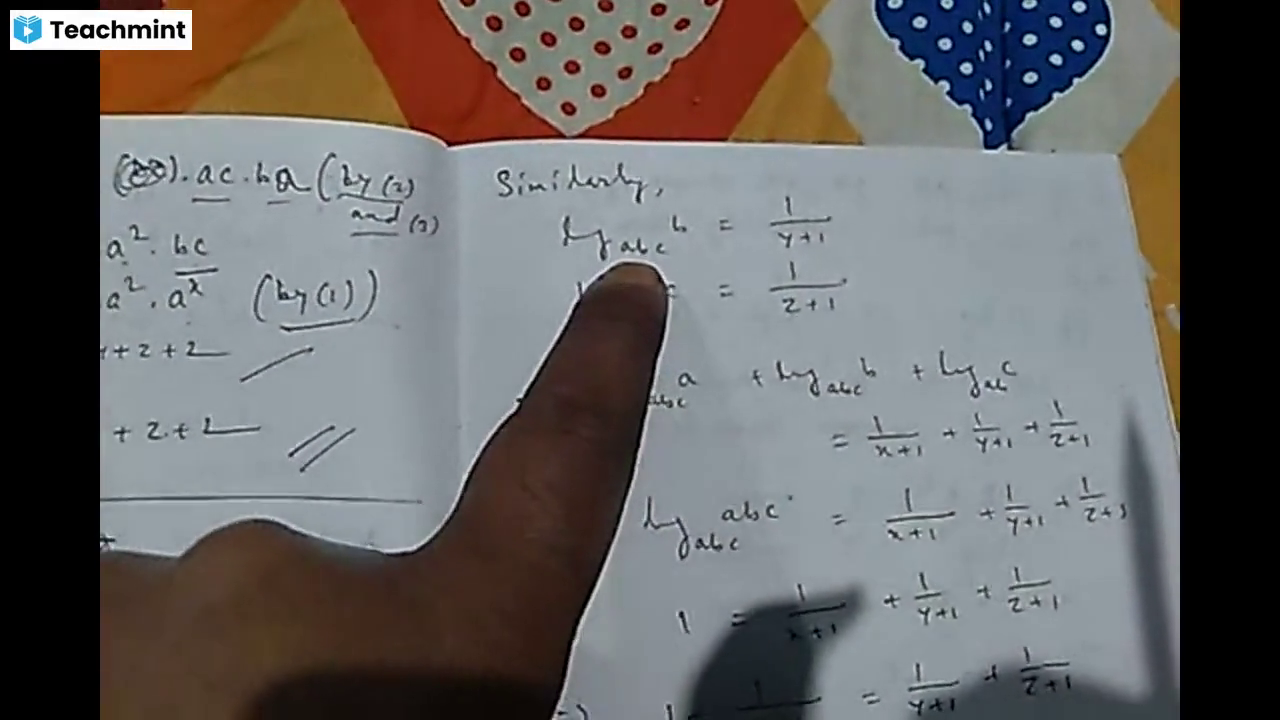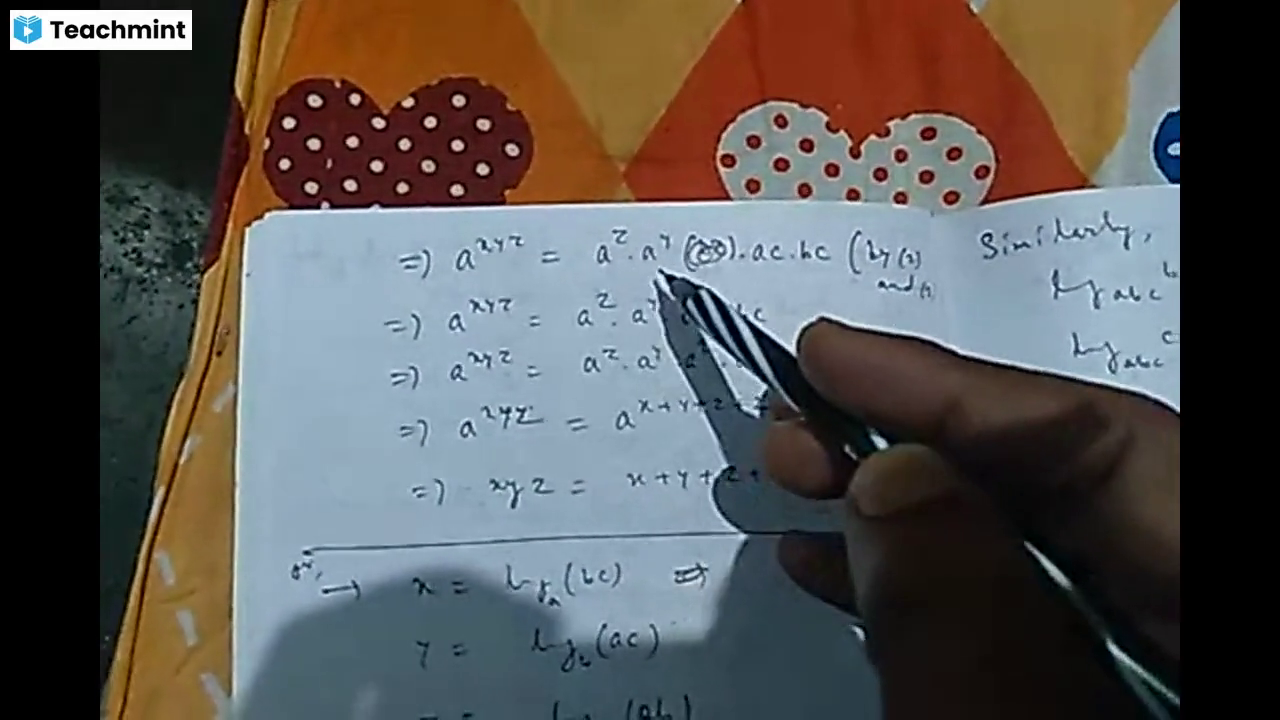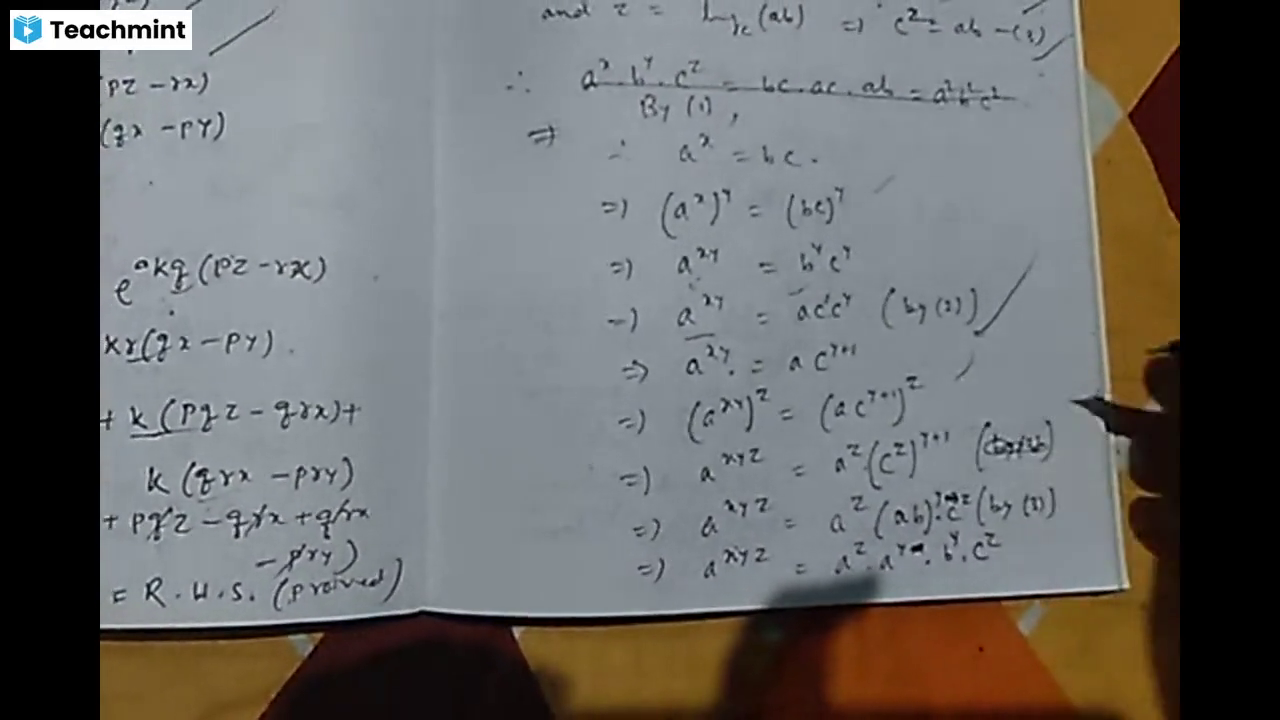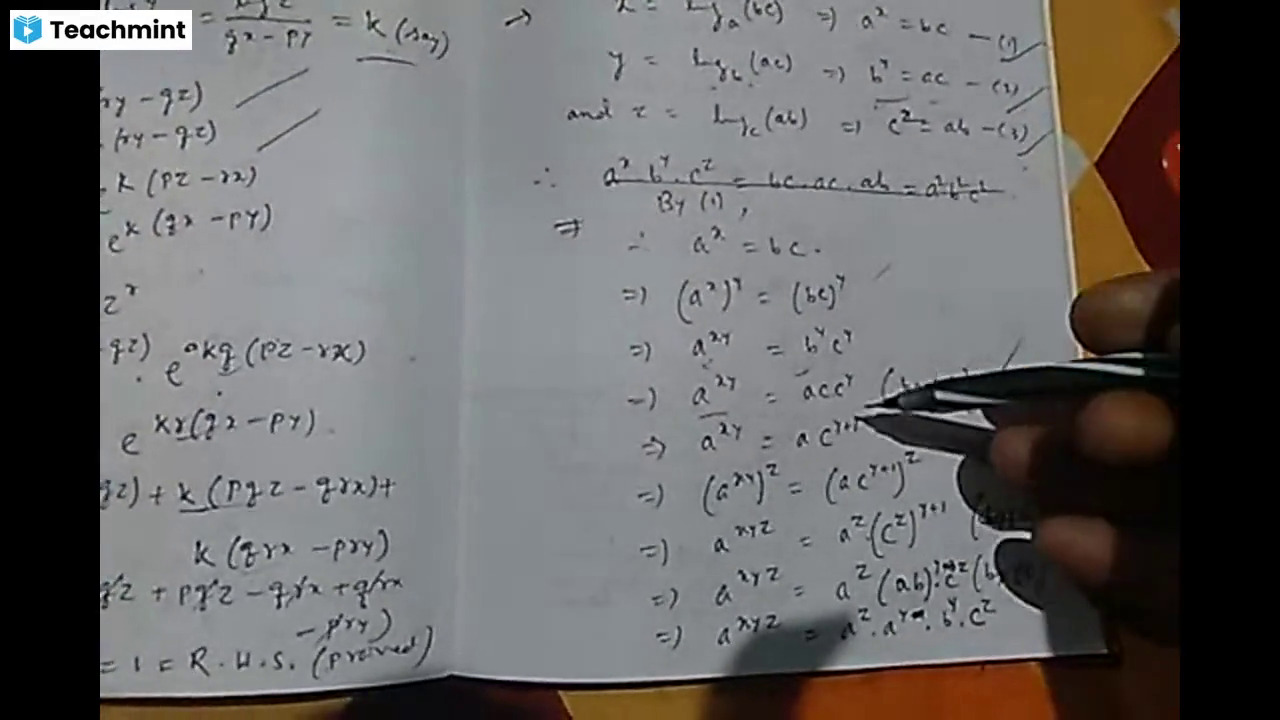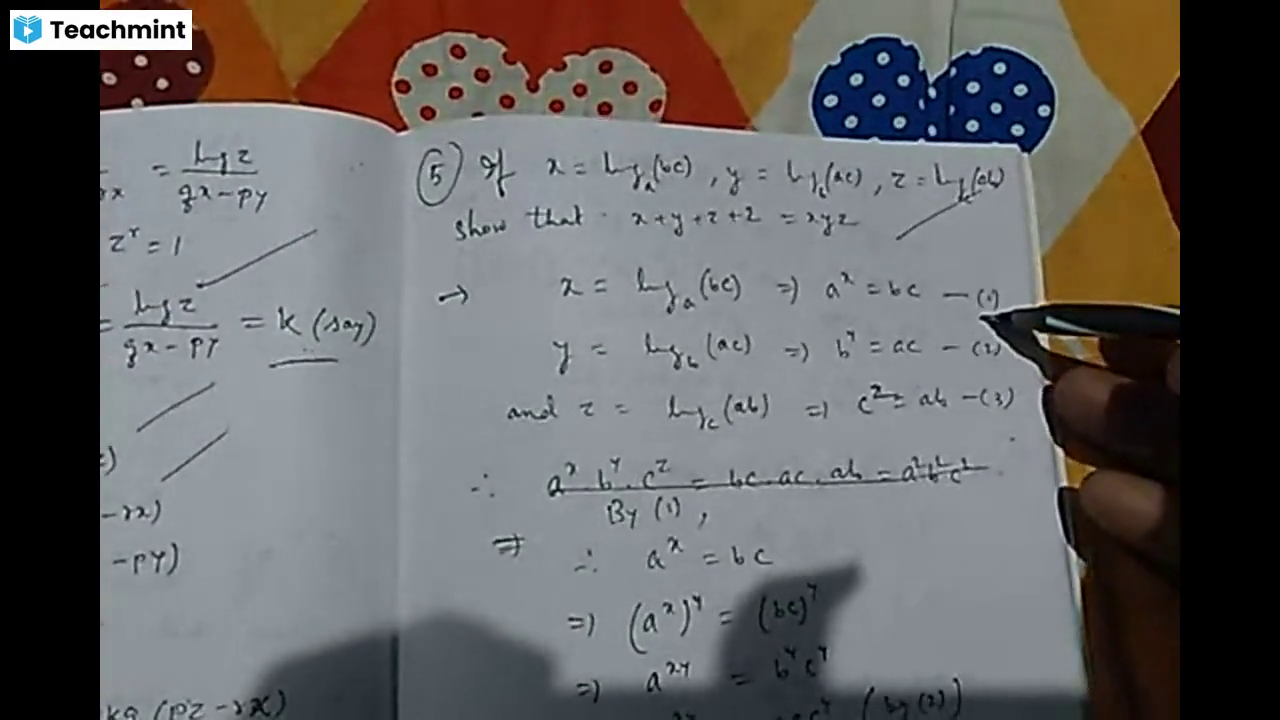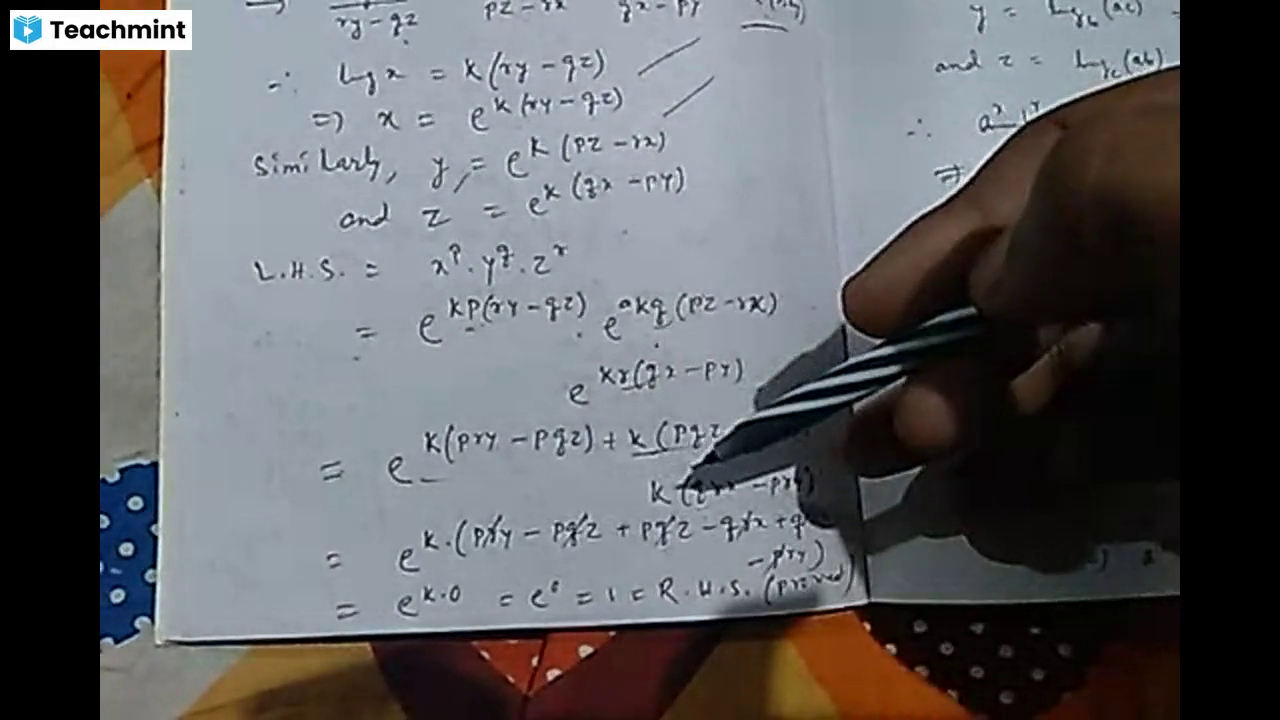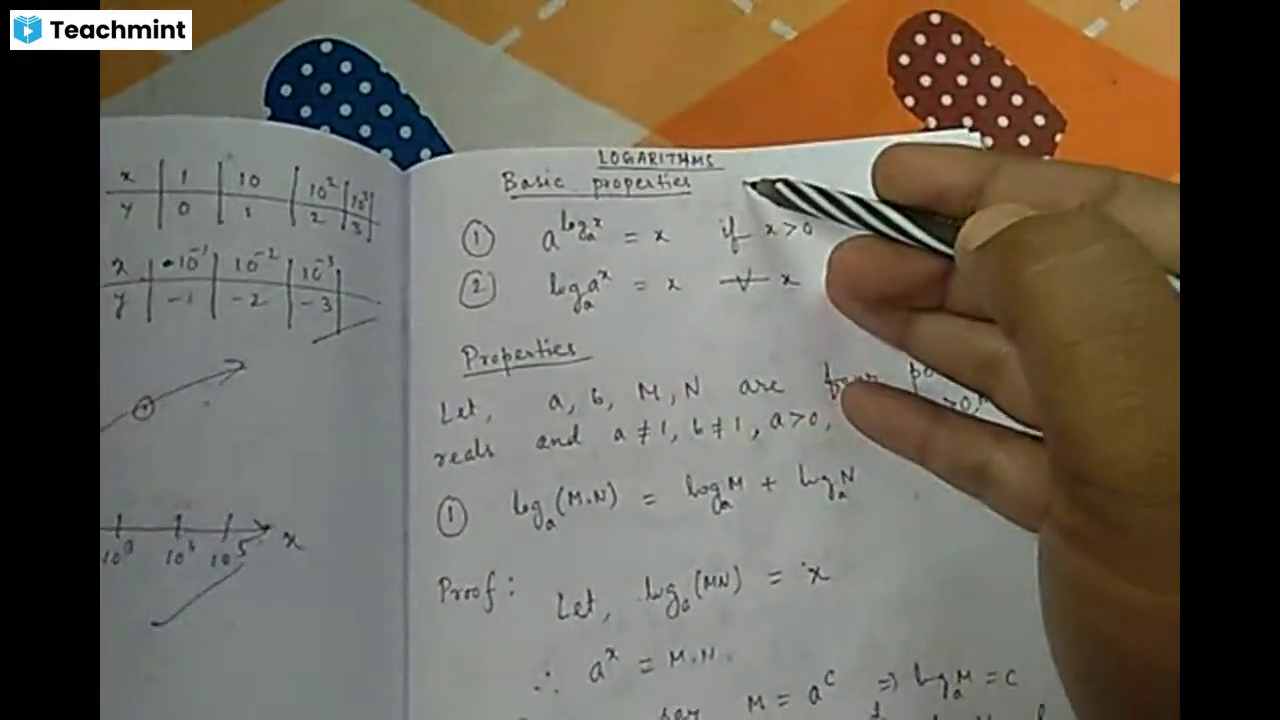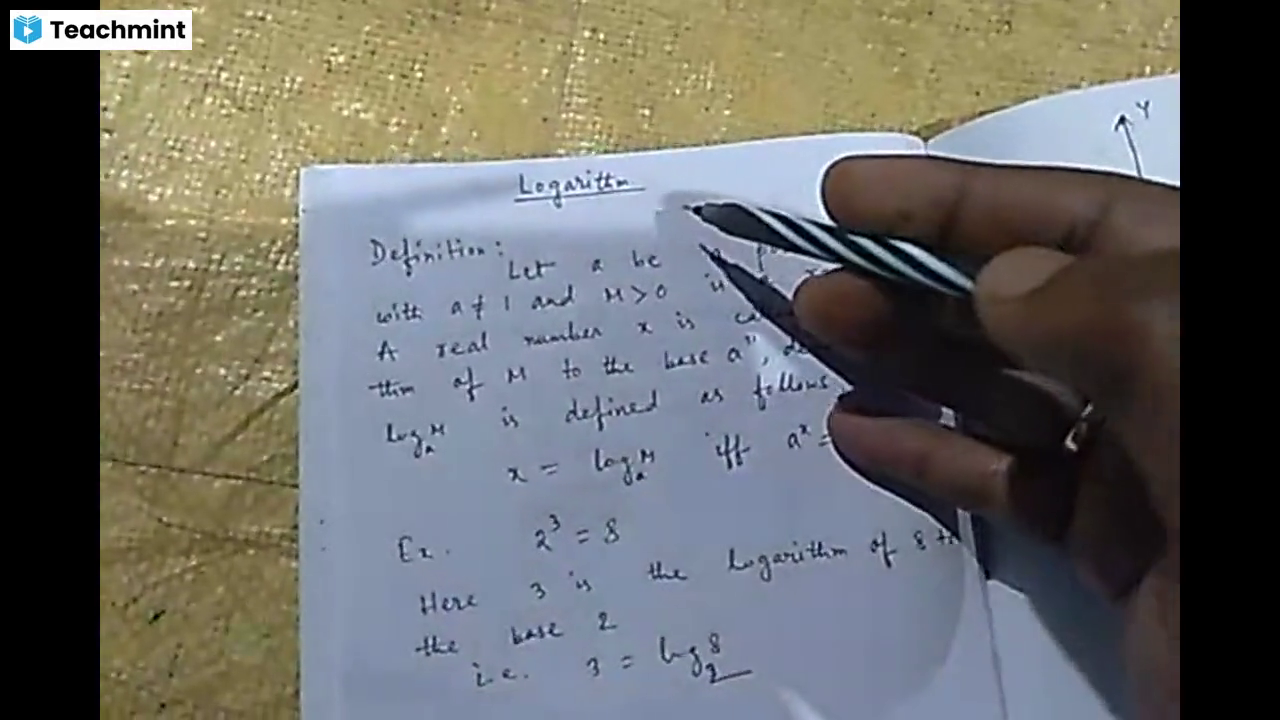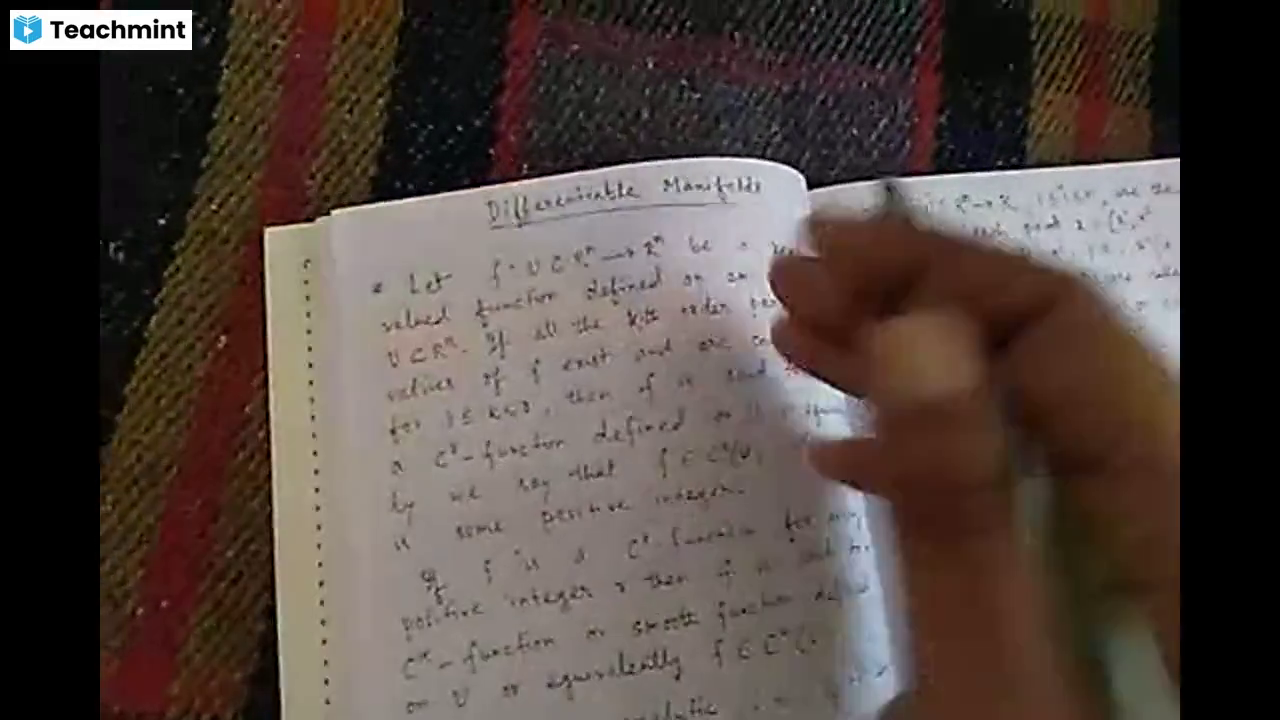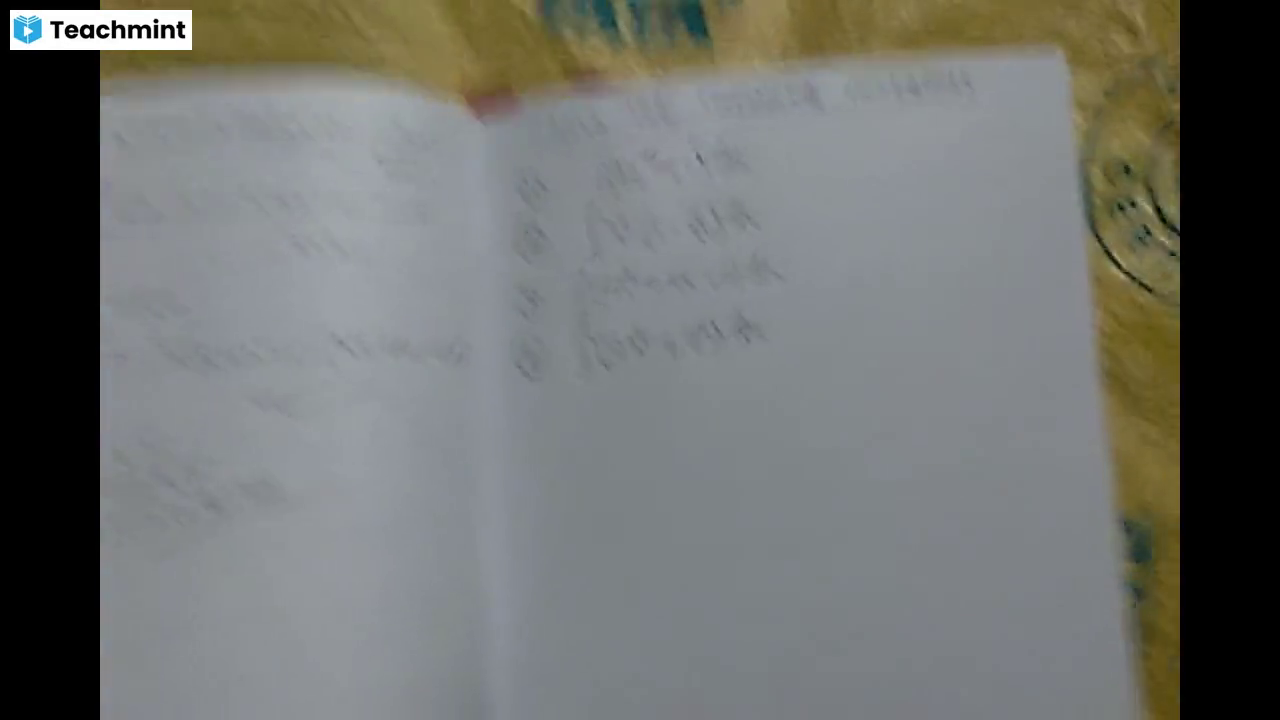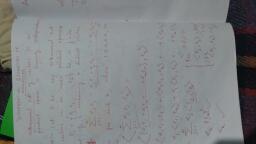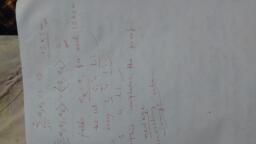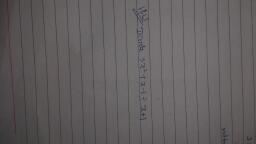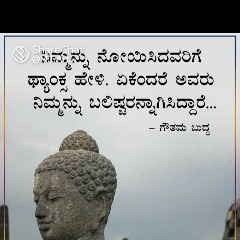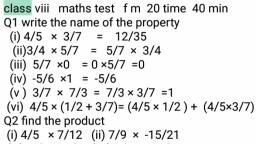Question 2 :
If the points $A$ and $B$ are $\left( 1,2,-1 \right)$ and $\left( 2,1,-1 \right)$ respectively, then $\vec { AB } $ is
Question 3 :
Direction angle of a vector is $30^{o}$, then find the vector.
Question 4 :
Find the magnitude of two vectors $\vec a$ and $\vec b$, having the same magnitude and such that the angle between them is ${60^ \circ }$ and their scalar product is $\dfrac{1}{2}$.
Question 5 :
If $\lambda (2\overline {i} - 4\overline {j} + 4\overline {k})$ is a unit vector then $\lambda =$
Question 6 :
$\mathrm{If}$ $\vec{AD},\ \vec{BE},\ \vec{CF}$ are medians of an equilateral triangle $\mathrm{A}\mathrm{B}\mathrm{C}$, then $\vec{AD}+\vec{BE}+\vec{CF}$ equals to <br/>
Question 8 :
find the coordinate of the tip of the position vector which is equivalent to $ \vec{AB}$, where the coordinates of A and B are (-1, 3) and (-2, 1) respectively.
Question 9 :
If $\cos \alpha, \cos \beta$ and $\cos \gamma$ are direction cosines of a vector, then they satisfy which of the following ? Prove it.
Question 10 :
Given $\vec p= (2,-4,1), \vec q = (3,-1,2), \vec r = (5,5, 4)$. Then $\vec{PQ}$ and $\vec{QR}$ are
Question 11 :
In the vectors $\bar { AB } =3\hat { i } +4\hat { k }$ and $\bar { AC } =5\hat { i } -2\hat { j } +4\hat { k } $ are the series of a triangle ABC, then the length of the median through A is
Question 12 :
If the position vectors of $P$ and $Q$ are $\overline{i}+2\overline{j}-7\overline{k}$ and $5\overline{i}-3\overline{j}+4\overline{k}$ respectively then the cosine of the angle between $\overline{PQ}$ and $z$-axis is<br/>
Question 13 :
If $\vec { a }$and $\vec { b }$  are not perpendicular and $\vec { c }$ and $\vec {d} $ are such that $\overrightarrow b  \times \overrightarrow c  = \overrightarrow b  \times \overrightarrow a \,\,and\,\,\,\overrightarrow a .\overrightarrow d  = 0$ then $\vec {d}$ is equal to- 
Question 14 :
If $|a|=5.|\vec{b}|=4$, and $|c|=3$. then what will be the value of $\vec{a}.\vec{b}+\vec{b}.\vec{c}+\vec{c}.\vec{a}$ given that $\vec{a}+\vec{b}+\vec{c}=0$
Question 15 :
If $\vec{a} \times \vec{b} = \vec{c} \times \vec{d} $ and $ \vec{a} \times \vec{c} = \vec{b} \times \vec{d}$, then the vectors $\vec{a} - \vec{d}$ and $ \vec{b} - \vec{c}$ are
Question 16 :
A unit vector $d$ is equally inclined at an angle $\alpha$ with the vectors $a=\cos \theta. i+ \sin \theta. j , b=-\sin \theta.i+\cos =\theta. j$ and $c=k$. Then $\alpha$ is equal to 
Question 17 :
Let $\overrightarrow { a } ,\overrightarrow { b } ,\overrightarrow { c } $ are three non zero vectors such that any two of them are non-collinear. If $\overrightarrow { a } +\overrightarrow { b } $ is collinear with $\overrightarrow { c } $ and $\overrightarrow { b } +\overrightarrow { c } $ is collinear with $\overrightarrow { a } $, then the value of $\overrightarrow { a } +\overrightarrow { b } +\overrightarrow { c } $ equals

